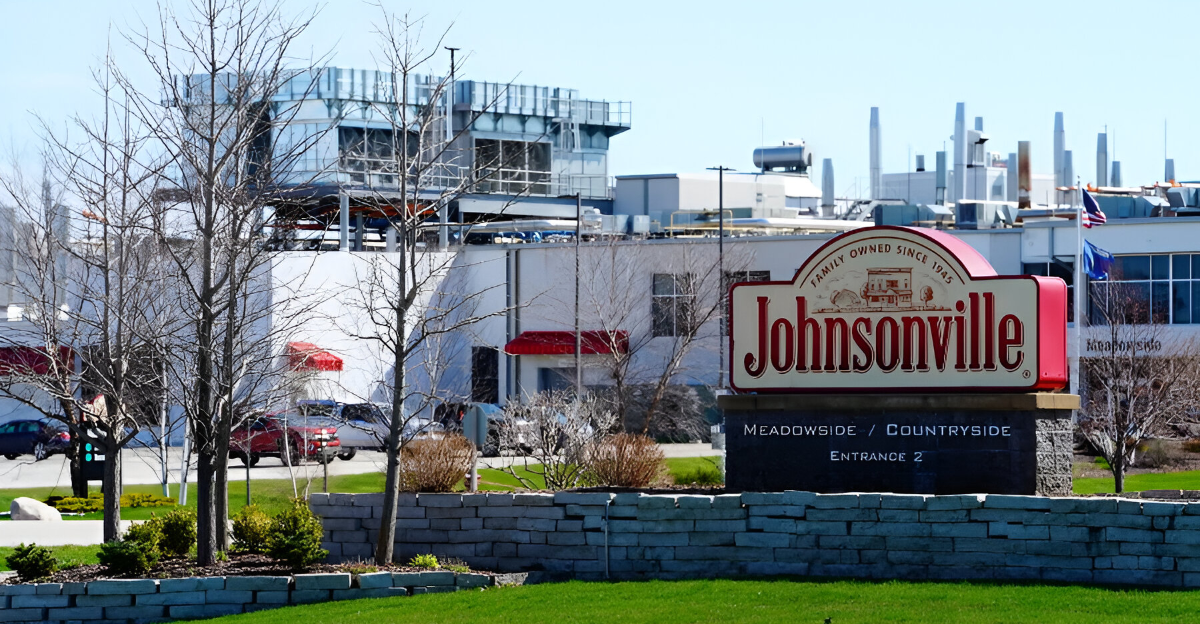
When Johnsonville abruptly shut down its Momence, Illinois plant in June 2025, laying off 274 workers with just 15 minutes’ notice, outrage erupted online. Many blamed corporate greed or feared economic collapse. But the real story is bigger, and more unsettling.
This wasn’t a one-off blunder. It’s part of a sweeping industrial transformation that’s been quietly accelerating for years. In 2024 alone, at least 15 meatpacking plants closed, the highest total in a decade.
Industry giants like Tyson are shuttering facilities across multiple states. Johnsonville’s move isn’t just about streamlining, it’s a signal. Economic pressure, automation, and shifting consumer habits are converging to reshape entire industries in ways most Americans haven’t yet grasped.
More Plants Are Closing Than You Think
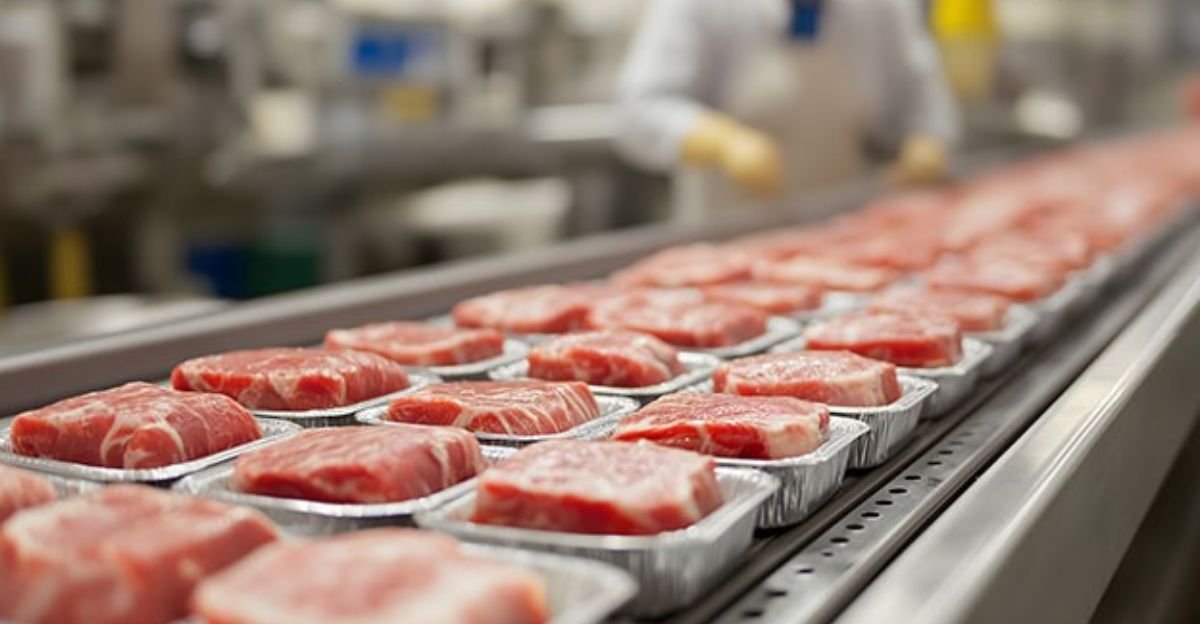
The meat processing industry is facing a wave of closures that makes Johnsonville look like the beginning of a much larger storm. Tyson Foods shut down three plants in 2024, slashing over 1,000 jobs. Butterball closed its Arkansas plant, cutting 180 positions. Boar’s Head shuttered its Virginia facility after a fatal listeria outbreak, leaving 600 jobless.
These aren’t isolated events. They’re signs of deeper economic shifts. Faced with high costs and razor-thin margins, companies are abandoning outdated plants instead of investing in costly upgrades. It’s a clear pattern: efficiency is winning out, and it’s redrawing the map of America’s food supply chain in real time.
Why Companies Are Choosing Shutdown Over Struggle
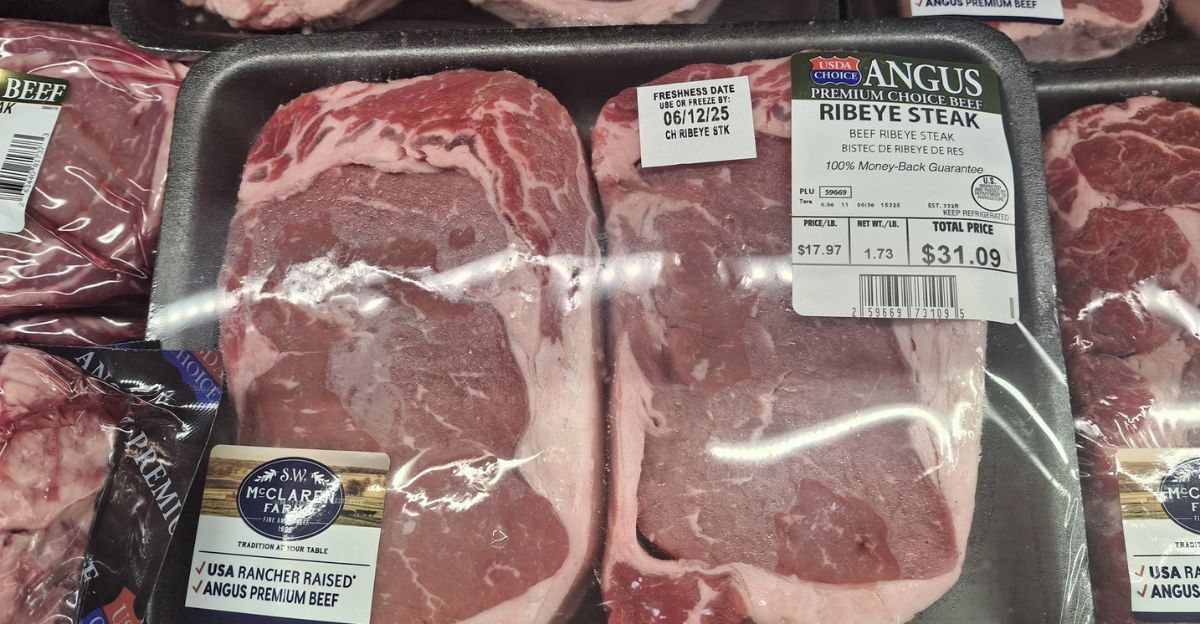
The financial pressures crushing meat processors today go far beyond typical business cycles. Feed costs have soared amid grain price volatility. Labor is also more expensive as companies compete in a tight job market. Cattle prices rose 13.5% year-over-year through April 2025.
Wholesale beef prices climbed 8.7%.
For aging facilities, these rising costs are unsustainable. Companies are choosing between costly upgrades or shifting production to newer, more efficient plants. Johnsonville’s move to Wisconsin and Kansas isn’t about cutting corners, it’s a survival tactic in an industry where profit margins have all but disappeared.
Small Towns Face an Existential Crisis
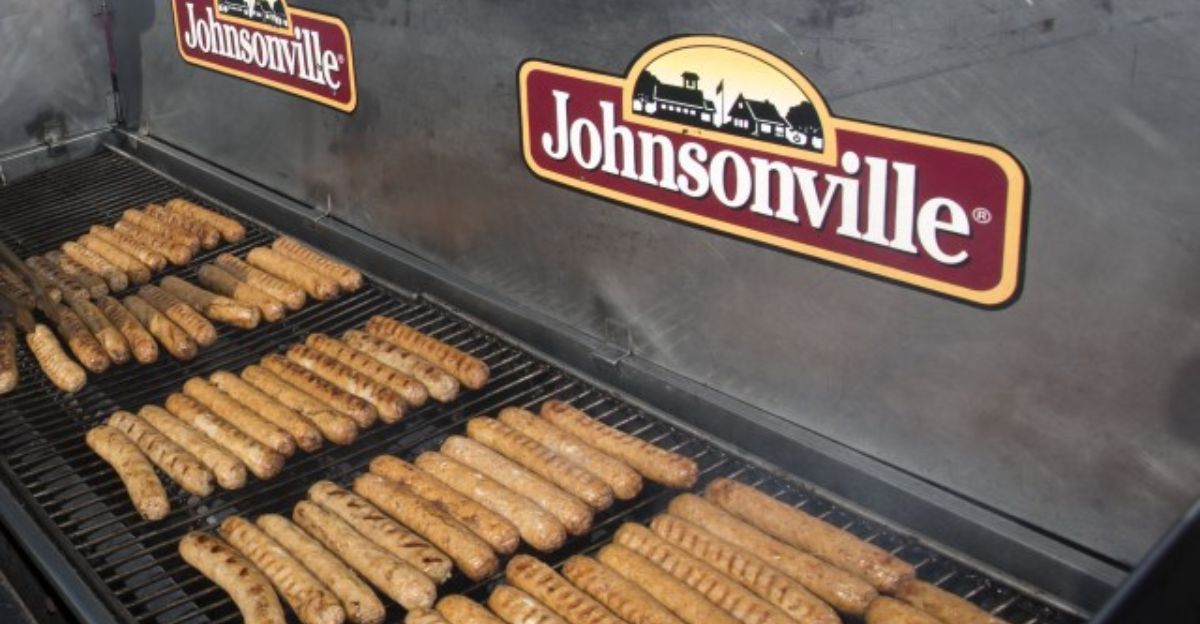
When a major employer leaves a rural town, the fallout goes far beyond the loss of jobs. In places like Momence, Illinois, home to just 3,000 residents, shutdowns create what economists call “economic death spirals.” Earlier in 2025, a factory fire had already wiped out nearly 100 jobs. Johnsonville’s closure piled on, sending shockwaves through the community.
Research shows that towns reliant on a single large employer face rapid economic decline after a plant closes. Retail, housing, and public services follow. The human cost is steep too, with increased mental health issues, family instability, and migration. Momence is just one example of a rural America slipping further behind.
Robots Are Learning to Replace Butchers
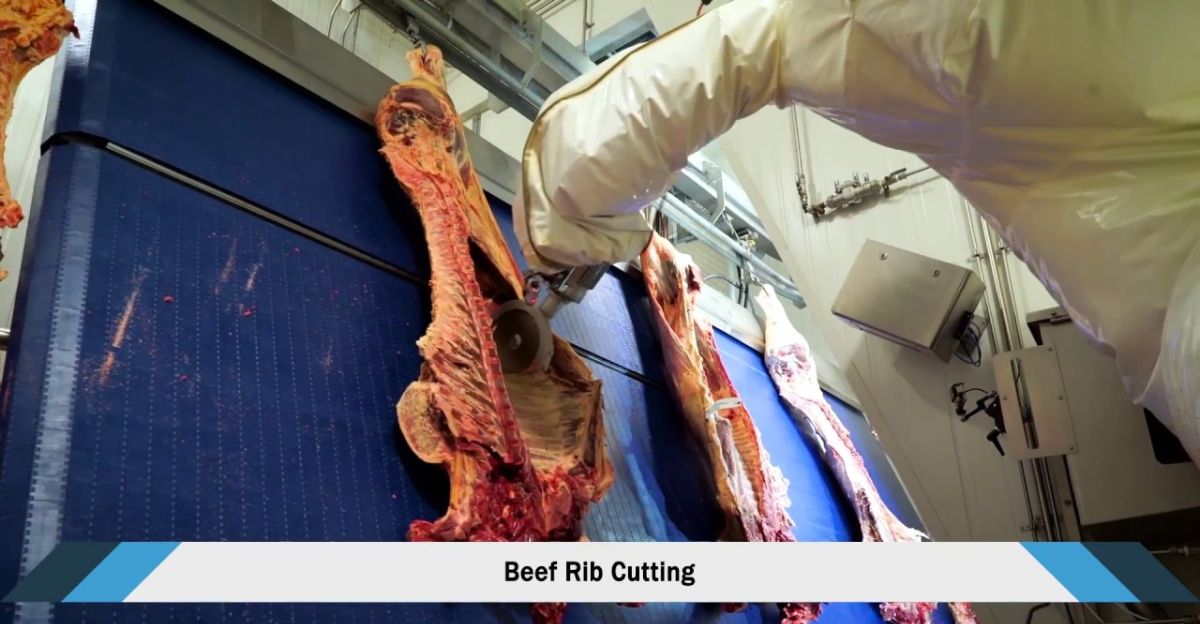
While companies cite “efficiency,” one driving force behind these closures is the rise of automation. Advanced robotic systems can now replicate the precise work of human butchers, faster and more reliably. Some use sensors to detect muscle and bone, allowing machines to make expert cuts without human touch. The economic case is clear.
Automated facilities are costly to build but eliminate problems like labor shortages, safety risks, and wage pressures. Rather than retrofitting old plants, many companies are choosing to start fresh. The shift to automation is not just about progress, it’s a cold calculation that’s redefining the role of human labor in meat processing.
The Plant-Based Revolution Isn’t Just a Trend
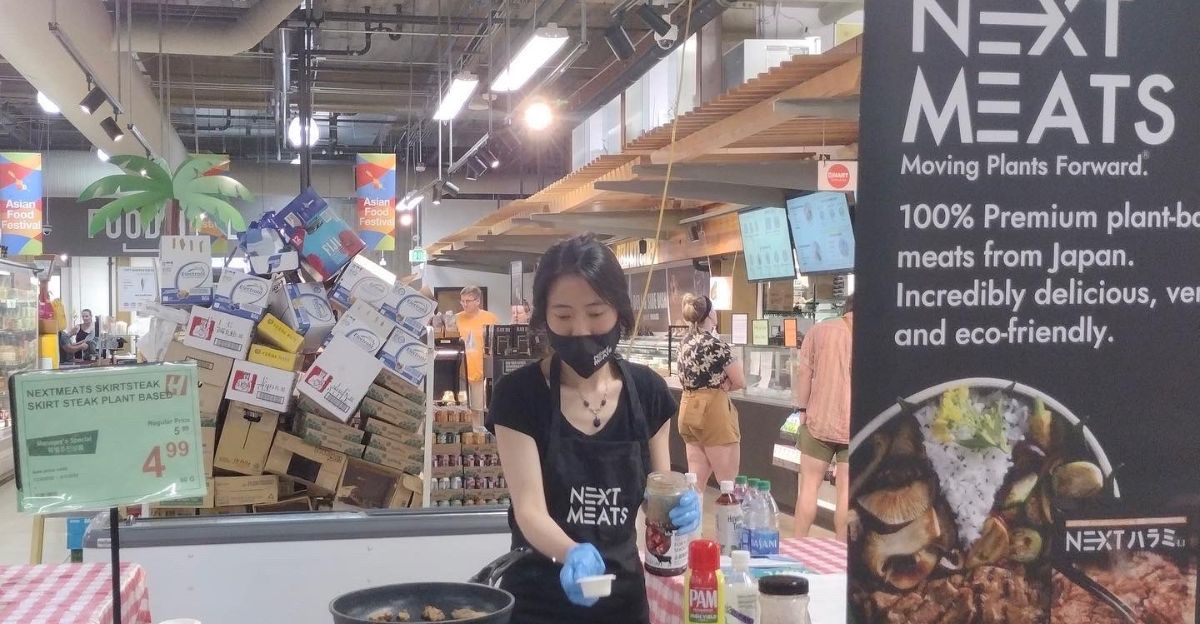
The meat industry isn’t just battling rising costs, it’s also facing a major shift in consumer behavior. The global plant-based meat market is projected to skyrocket from $16.69 billion in 2024 to over $100 billion by 2033. In the U.S., the market is expected to nearly double by 2030, fueled by health concerns and environmental awareness. This trend isn’t confined to vegans.
Many consumers are adopting “flexitarian” diets, cutting back on meat in favor of plant-based options. Traditional processors like Johnsonville must decide: invest in old-school meat production, or pivot to alternatives. The closures suggest the choice is being made, and fast.
The System Is More Brittle Than Anyone Realized

The COVID-19 pandemic exposed the fragility of America’s meat supply chain, and that weakness hasn’t gone away. When virus outbreaks shut down slaughterhouses in 2020, millions of animals were euthanized on farms due to a lack of backup capacity.
Then in 2022, a freight rail labor dispute nearly halted food distribution. Instead of building resilience, the industry is doubling down on efficiency, closing smaller facilities and concentrating operations in massive plants.
This streamlining boosts profits but creates massive single points of failure. Johnsonville’s closure reflects this logic: fewer, bigger, faster, even if it means sacrificing local stability for system-wide vulnerability.
Rural Workforce Is Aging Out
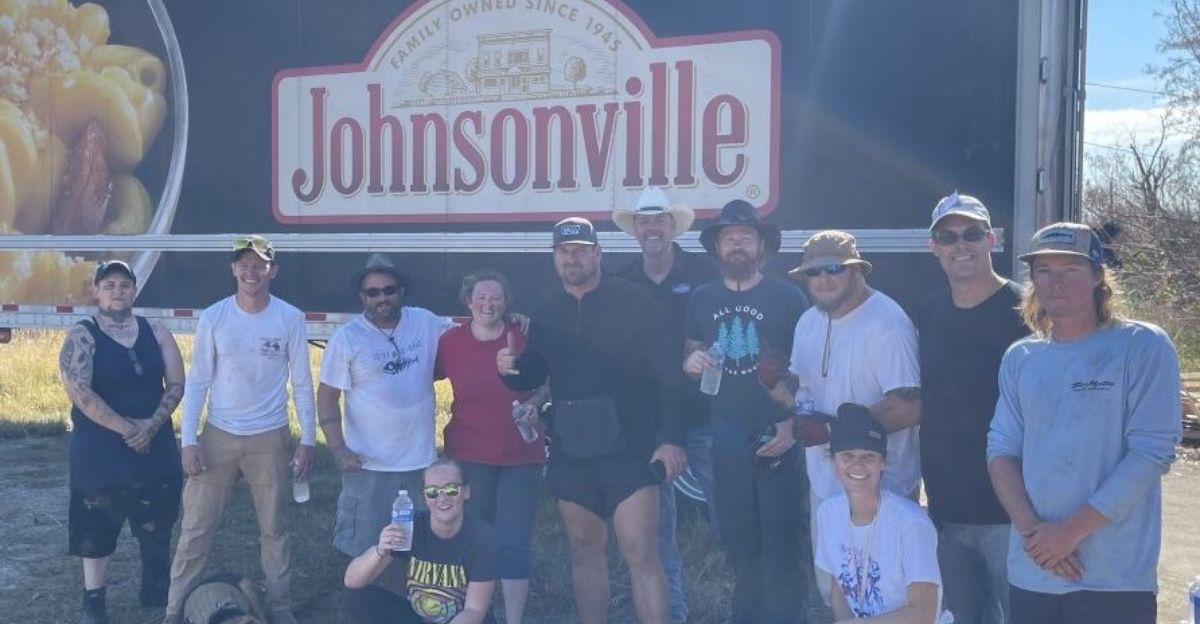
Demographic trends are quietly forcing companies’ hands. The rural U.S. workforce has shrunk from over 30 million in 2010 to 28 million by 2023. At the same time, the over-65 population grew by more than 2 million. That’s fewer workers supporting more dependents, all while trying to sustain a labor-intensive manufacturing base. In short, the math doesn’t work. Younger workers are leaving, and aging populations remain.
Companies like Johnsonville can’t find enough staff to keep rural plants running. Instead, they’re shifting operations to places with better labor pools. The plant closures aren’t just economic, they’re demographic inevitabilities catching up to rural America.
A Preview of What’s Coming
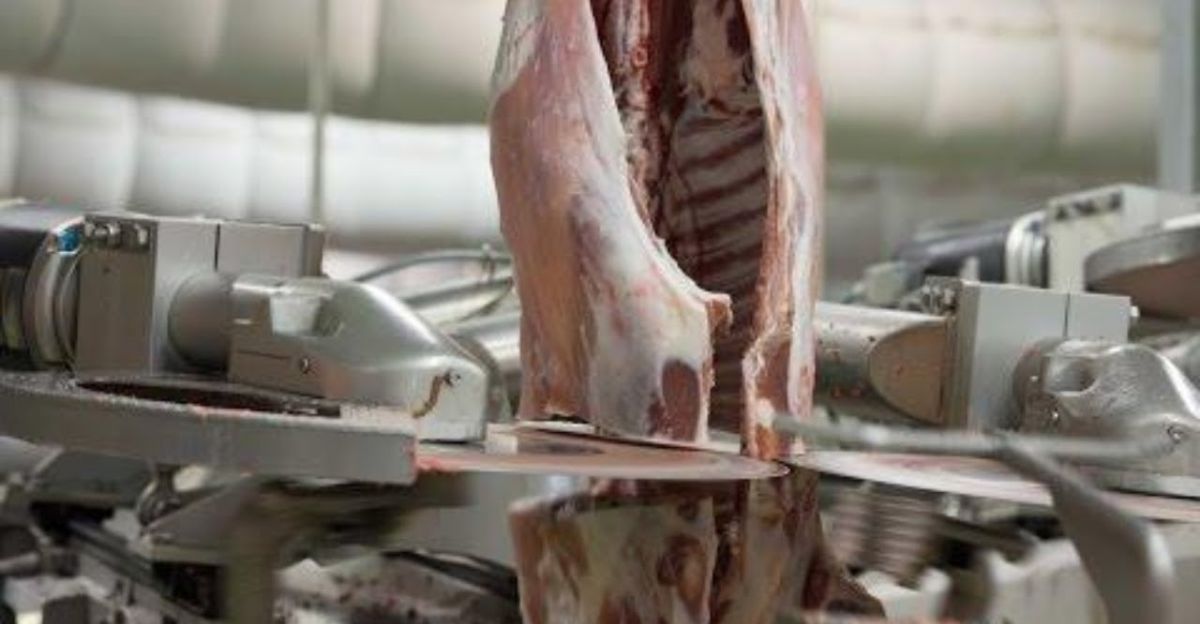
Johnsonville’s closure is not a one-off, it’s a glimpse into America’s industrial future. Automation, shifting demographics, stricter regulations, and evolving consumer habits are converging to dismantle old models of manufacturing. Companies will keep consolidating operations into fewer, high-tech facilities, leaving behind towns that no longer offer a competitive edge.
This trend isn’t slowing down. And no political promise or public protest will reverse it. The real question is whether the country will invest in helping affected communities adapt, or let them fade into decline. Recognizing this transformation as unstoppable may be the first step toward building a more honest, resilient path forward.
Discover more trending stories and Follow us to keep inspiration flowing to your feed!

Craving more home and lifestyle inspiration? Hit Follow to keep the creativity flowing, and let us know your thoughts in the comments below!
